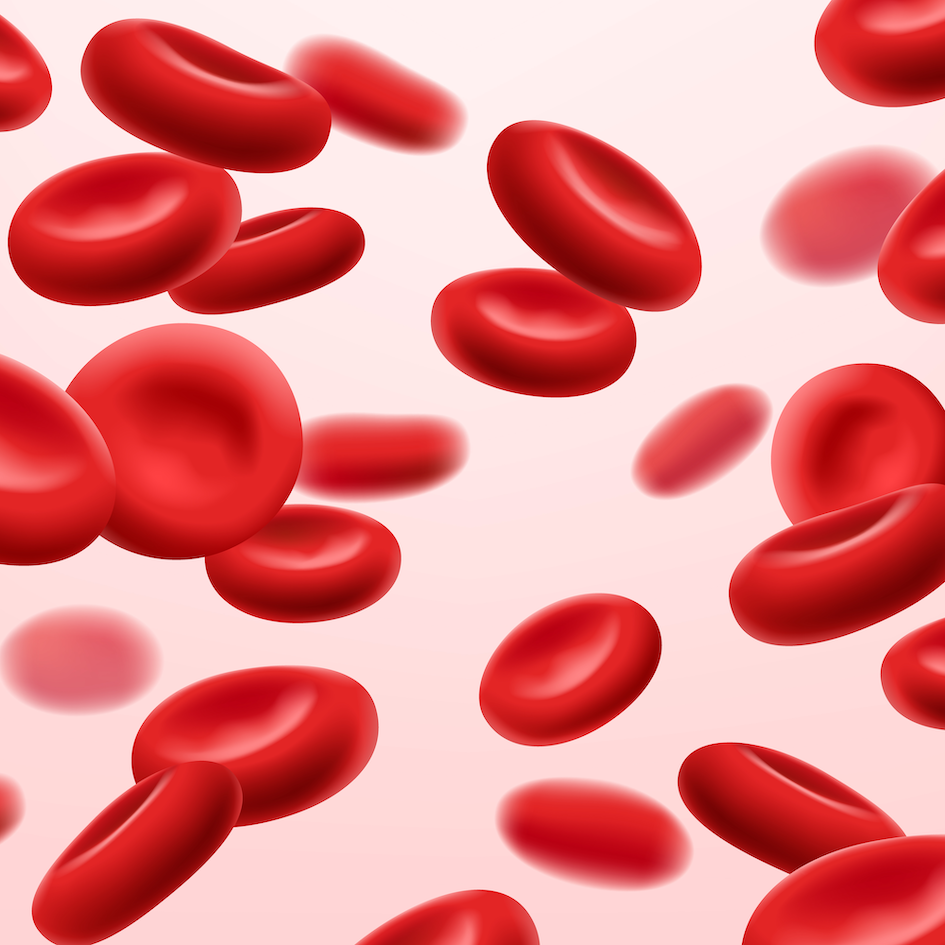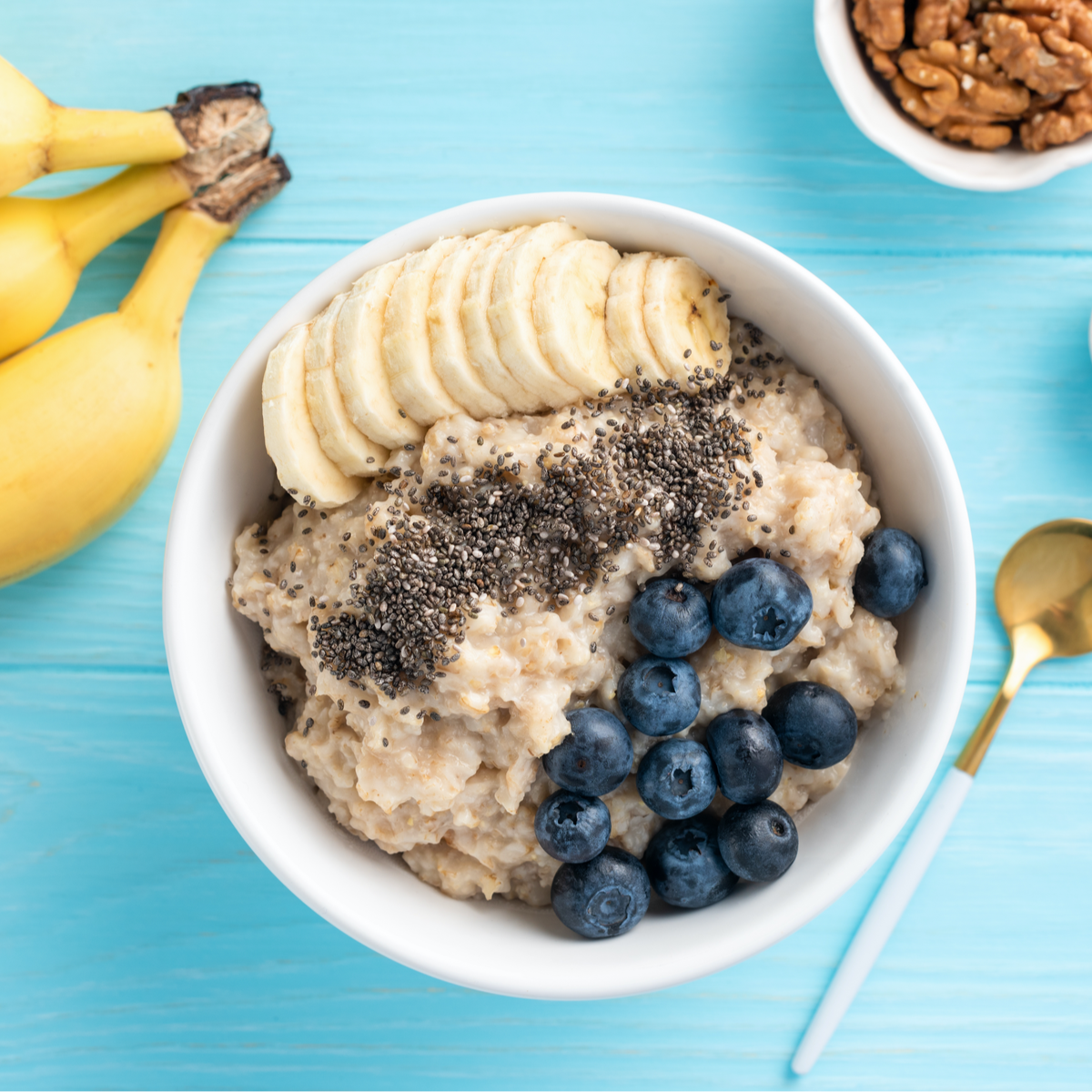
Caffeine is one of the world’s most widely consumed drugs, yet many of us don’t think of ourselves as users. Is caffeine safe?
There is something special about the ritual, the taste, and the buzz that comes with my morning cuppa. It marks the moment my day truly begins. On weekends, I savour orange pekoe tea with homemade cashew cream. On work mornings, I go for a matcha latte (with almond milk) or a half-caf Americano misto (with oat or almond milk).
Sometimes, my intake creeps up on me and it takes a toll. I feel less serene, more irritable and anxious (especially when with kids on the weekends). I have trouble sleeping and wake with a mild headache that magically disappears post-caffeine.
I’m in good company. One study of caffeine limits and intake levels reported that moms and kids are among those at highest risk for approaching the safe limits. I can’t imagine why…
Examining caffeine safety through the lens of science is useful in its own right but also as a model of how to approach safety assessments for any chemical.
Caffeine is no exception to toxicology rule number one:
The dose makes the poison.
How much caffeine is too much?
The scientific consensus, based on animal and human studies, is that up to 6 mg/kg per day is “safe” for adults and about 2.5 mg/kg per day for kids. “Safe” means no evidence of long term harm (i.e. cardiovascular health, bone density, cancer, or fertility).
For example:
- Me: 360 mg max per day (60 kg x 6 mg/kg)
- My son: 75 mg max per day (30 kg x 2.5 mg/kg)
It’s important to note that we can be “safe” from long term harm and still experience downsides, as described above. The levels at which someone experiences no downsides is personal, as we metabolize caffeine at a different rates. My husband can conk out after a double espresso whereas I would never dare to drink black tea after 1pm. I even think carefully about chocolate.
In some respects, you simply need to listen to your body. At the same time, it helps to know what to look for. Caffeine may be the culprit for symptoms you don’t associate with it. If you are experiencing restlessness, insomnia, upset stomach, irritability, headaches, frequent urination and shakiness, it’s worth looking at your caffeine intake.
Is less caffeine better? Try a self-experiment!
Getting a handle on your current caffeine intake by looking up your go-to drinks (try the Caffeine Informer). Drip coffee tends to be the highest. Then, try cutting your intake in half (or more!). Your symptoms (especially irritability!) may worsen at first but should subside, and hopefully improve, by the third day.
How much caffeine is in your cuppa?
Brewed Coffee (tall) – 150-200 mg (Starbucks grande =330 mg!)
- Americano (2 shots) – 150 mg (Grande has 3 shots)
- Matcha (1 scoop)- 60 mg (Starbucks grande =80 mg)
- Black tea – 25-60 mg (*varies with steeping time)
Learn More
Science outreach
- Caffeine and kids by SciMoms (thanks for inspiring this post)
- Overview of caffeine safety (Mayo Clinic)
- Caffeine and glyphosate safety & toxicity assessment 101 (by Mommy, PhD)
Primary literature





